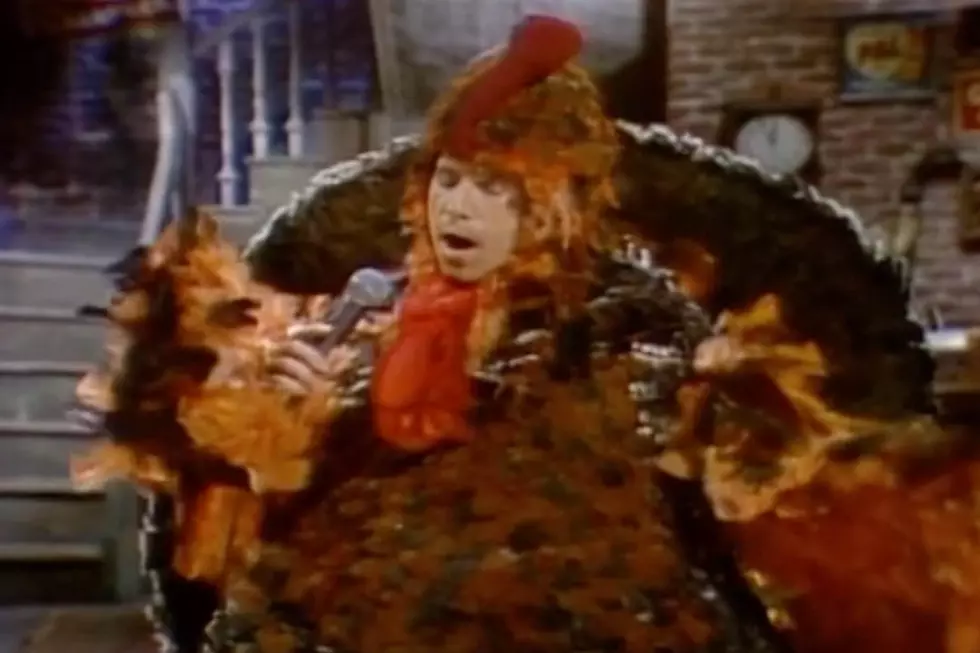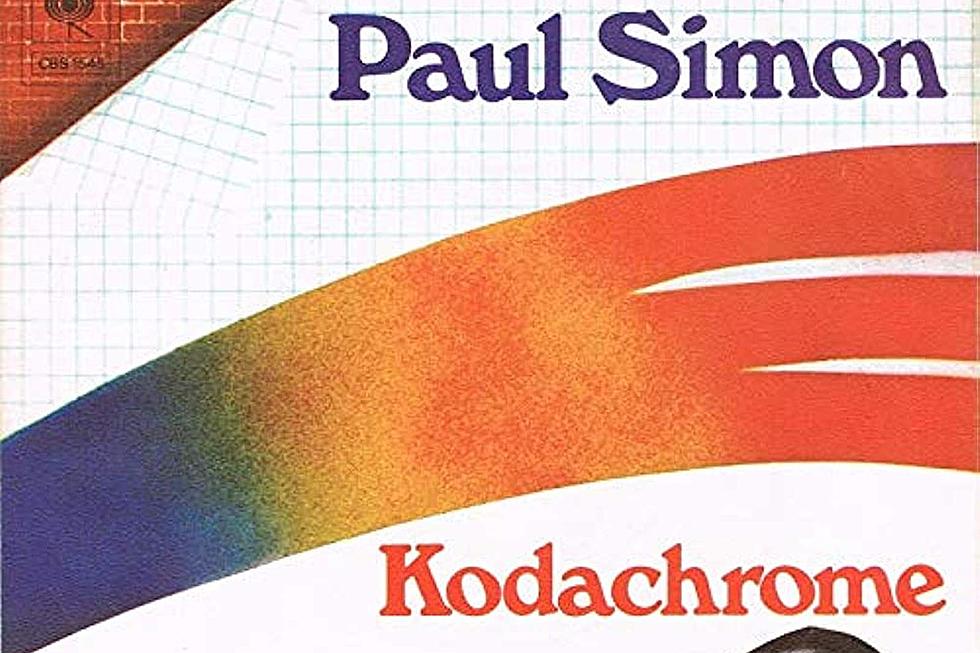
How Paul Simon Declared His Independence With First Real Solo LP
Paul Simon's self-titled 1972 album wasn't really his solo debut. But it might as well have been.
Following his split from Art Garfunkel in 1970, Simon spent part of the following year teaching songwriting at New York University. The course made him re-evaluate his own work, which Simon had grown more introspective toward since Simon & Garfunkel's breakup.
It wasn't the first time the duo called it quits. Following the release of their debut album, Wednesday Morning, 3 AM, in 1964, and its failure to excite record buyers, Simon moved to England and soon considered giving up music altogether. By early the next year, he reconsidered and, while touring England as a solo artist, recorded The Paul Simon Songbook – essentially a collection of demos that would end up on later Simon & Garfunkel albums after they got back together.
The album was released only in the U.K., and didn't receive a proper issue in Simon's homeland until years later. But Simon never considered that a solo work as much as he saw it as a vessel for his latest batch of songs, including "I Am a Rock" and "The Sound of Silence."
So, when Paul Simon arrived on Jan. 24, 1972, it marked the true start of the solo career for Simon & Garfunkel's songwriter and mastermind. Thematically and musically, it didn't sound all that different than the duo's final album, Bridge Over Troubled Water. In fact, it sounded like the next step in Simon's evolving career as one of his generation's greatest voices.
He began recording the album the previous January with producer Roy Halee, who helped shape the textures and patterns found on Simon & Garfunkel's best work, like Bookends and Bridge Over Troubled Water. And like the Grammy-winning Bridge, Simon's self-titled record jumped continents stylistically -- physically too: parts of the album were recorded in Kingston and Paris -- and showed a maturity in both Simon's songwriting and musical restlessness.
Listen to Paul Simon Perform 'Mother and Child Reunion'
"Mother and Child Reunion," the album's first single, was recorded in Jamaica with Jimmy Cliff's backing group, as well as members of reggae greats Toots & the Maytals. Simon later added his vocals to the core musical foundation, one of the first times reggae music found its way into the mainstream. The song reached the Top 5, no doubt encouraging Simon – who played around with Peruvian folk on Bridge Over Troubled Water's "El Condor Pasa" and later used South African rhythms to guide his classic Graceland album – to pursue further world-music ventures.
The album's second single, "Me and Julio Down by the Schoolyard," similarly found inspiration outside of pop music's usual boundaries. Hitched to Brazilian influences and instruments that Simon and Halee explored more deeply on Graceland's 1990 follow-up, The Rhythm of the Saints, the song instantly became part of Simon's growing catalog of hits.
There was jazz, blues and the softer side of pop music on there too. Elsewhere, Paul Simon covered more familiar territory, like on "Duncan," an old-school slice of folk storytelling that would have fit snugly on any of Simon & Garfunkel's essential albums. It proved Simon wasn't entirely breaking free from his past. How could he? Those songs were his, and his progression over the years – from the shaky beginning to the confidence that's carried through to the 2010s – was nowhere near slowing down.
In a sense, the album marked Simon's independence, even if its release was eclipsed five months later by Simon & Garfunkel's hit Greatest Hits album. Paul Simon hit No. 4, and was followed 16 months later by There Goes Rhymin' Simon, a sequel of sorts to his de facto debut.
By 1975, Simon & Garfunkel had teamed up for one last Top 10 song, "My Little Town." There would be a few more reunions over the years, but Simon's solo career would always get priority as he turned into one of pop's boldest experimentalists. The great Paul Simon made sure of that.
Paul Simon / Simon and Garfunkel Albums Ranked Worst to Best
More From Ultimate Classic Rock









